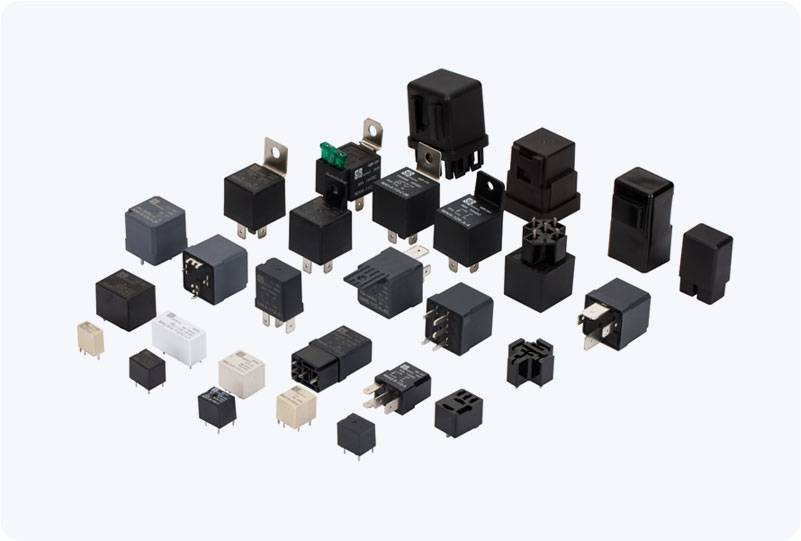A current overload relay is a crucial safety device in electrical circuits, designed to protect motors and other electrical equipment from damage caused by excessive current. By automatically disconnecting the power when the current exceeds safe limits, the relay helps prevent overheating, fires, and long-term damage to machinery. This article will explore the function, types, applications, and importance of current overload relays in industrial and commercial settings.

Function of Current Overload Relays The primary function of a current overload relay is to monitor the electrical current passing through a motor or other electrical appliance. When the current exceeds a preset threshold, the relay activates and disconnects the circuit, preventing further damage to the equipment. This threshold is typically set based on the motor’s rated current capacity, which is determined by the manufacturer. In electrical motors, overcurrent can occur due to various reasons, including mechanical failure, power surges, or sudden load increases. Without a protective device, prolonged exposure to overcurrent conditions can cause the motor windings to overheat, leading to insulation damage, or even complete motor failure. Overload relays ensure that the motor is disconnected before this damage occurs, thereby increasing the lifespan of the equipment and reducing maintenance costs.
Leave a Reply